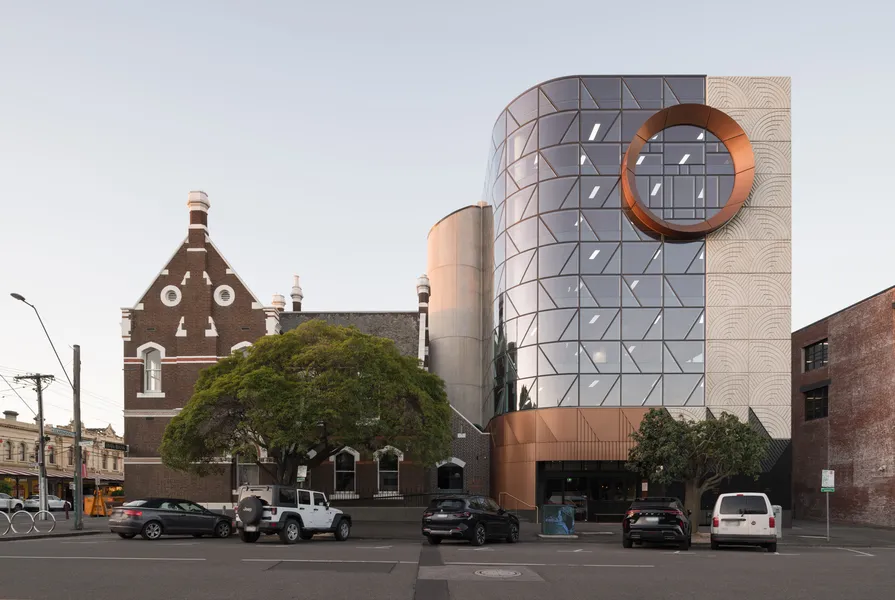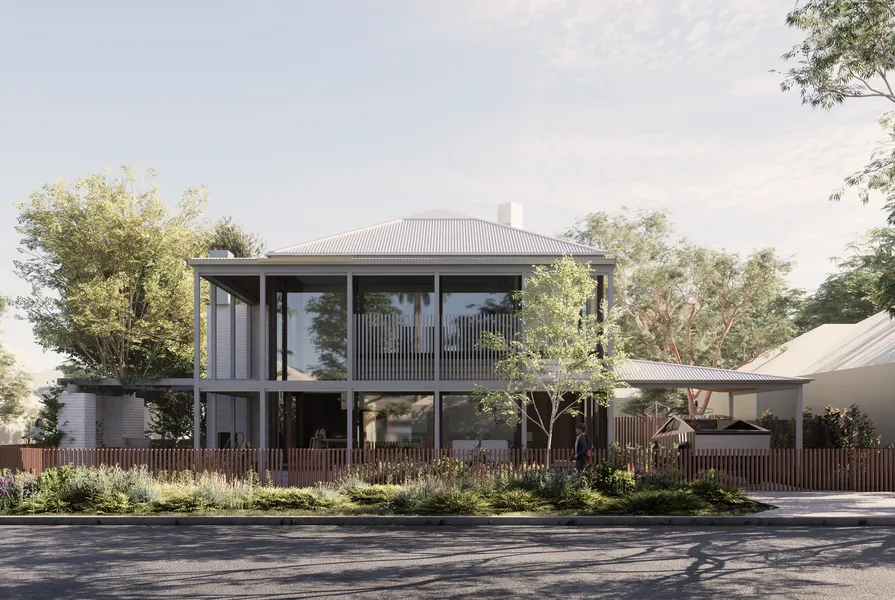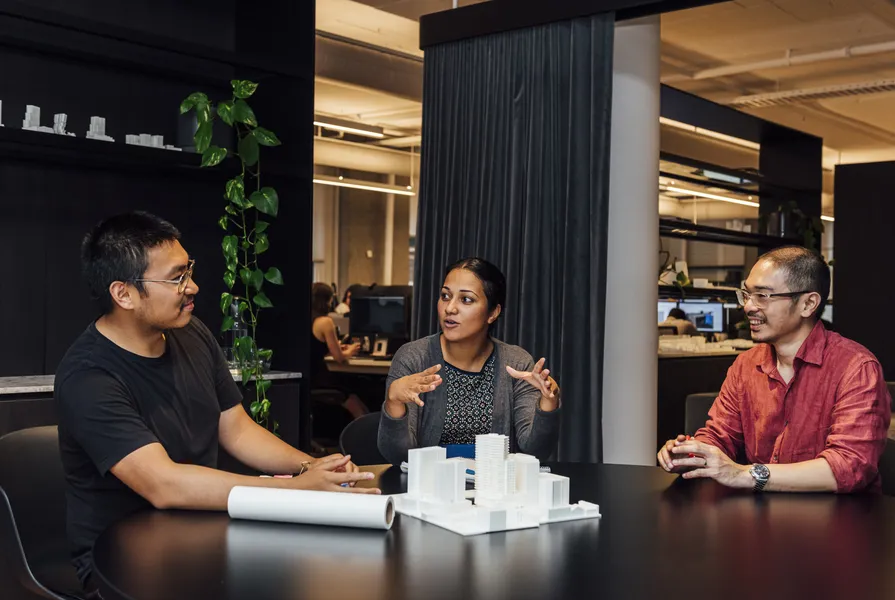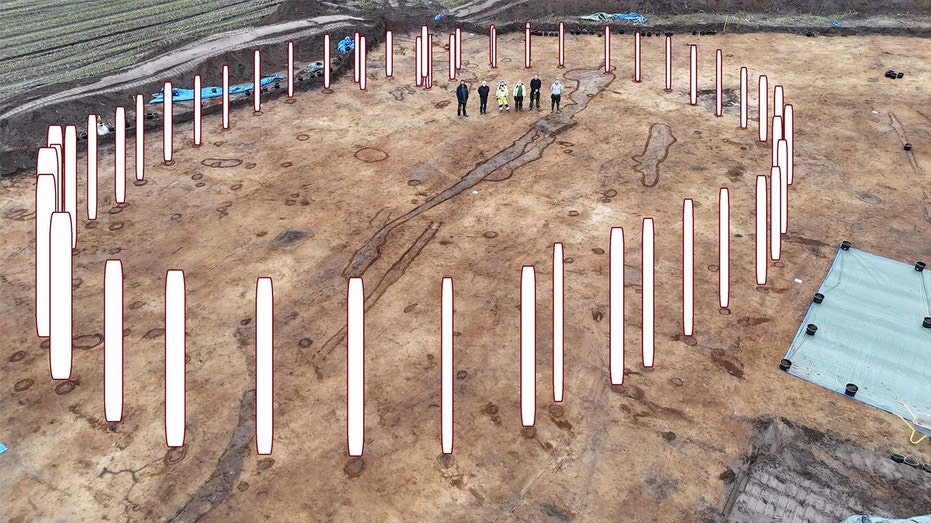- by architectureau
- 07 Mar 2025
Material culture: 2023 Dulux Study Tour, Helsinki
The first leg of the 2023 Dulux Study Tour visited Helsinki: traditionally a city of red granite, copper and experiments with new materials.
- by architectureau
- 27 May 2023
- in architects
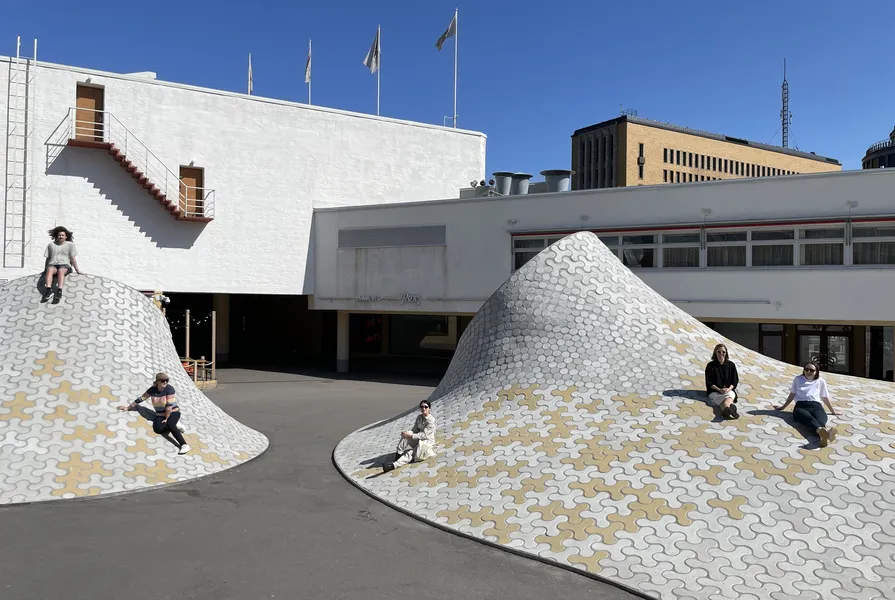
Finland considers itself a "young" country. It only emancipated itself from centuries of Swedish and Russian rule in 1917, and for most of the twentieth century, the country's efforts in nation-building and expressing its national identity have been palpable through its arts, culture, architecture and urbanity.
Helsinki Central Railway Station by Eliel Saarinen was completed just two years after Finland declared independence. Its monolithic granite structure and vivid copper roofs epitomize Finnish materiality. Commissioned in 1904 through a design competition, the station was set against a backdrop of Finnish nationalism and opposition to Russian rule among the country's cultural circles. Paintings protesting restrictions on autonomy were popular, and Sibelius's rousing tone poem "Finlandia" was composed to add voice to the national uprising.
Red granite can be found everywhere across Helsinki, from boulders to cobblestoned streets to buildings. They call it "helsingite" here because it is unique. Copper too is abundant, thanks to the Finnish mining industry, as is the spruce that fills the forests surrounding the city.
"I think that's really clear in Helsinki, and they have a really strong material identity. It's very textural and very grounded in the materials they have," observed Bradley Kerr, one of five winners of the Australian Institute of Architects' Dulux Study Tour.
"The strongest identifier in Helsinki on all of the architecture was the consistency of the very textured red granite and copper, and the way that they use those materials in so many different ways on buildings over the last 100 years just tells a really nice story of that place."
Ellen Buttrose added, "We didn't see any plasterboard, we didn't see any composite materials - we saw materials that were very specific to this place, and I think that has naturally generated a particular language. And it's been used in so many different ways."
Post-war building in Helsinki has also accelerated a distinct feel to the city. Sarah Lebner remarked that "the periods of austerity [post-war] and needing to be frugal [have] taught the Finnish how to use pattern, repetition and layout of really simple materials very well, which has seeded part of their design culture."
"You see a lot of brick, but it's often a different bond to standard, so it's the same material but used differently," Lebner said.
"There's a lot of national pride in the way they have developed identity through public buildings," Tiffany Liew added.
The group's Helsinki tour guide, Marianna Heikinheimo, estimated that approximately 60 percent of architects' work comes from the public sector, the majority of which is awarded through design competitions. Museums, galleries, concert halls and public libraries have all been procured through design competition.
In a high-tax, progressive country such as Finland, public infrastructure on the public purse is to be expected. Nonetheless, "the amount of investment from the public policy side to the point of extreme debt is quite impressive [compared with] a parallel timescale of the past 100 years in Australian public infrastructure and community spaces," Liew said.
Again, a competition was held in in 2012, and from more than 500 entries, ALA Architects was chosen as the winner. The project has been celebrated all over the world and draws in millions of visitors a year.
It shows that "there's a real commitment to the delivery of the detail," said Edwina Brisbane. "It's not just if you win the competition, you have to provide a lot of detail. The project gets built, but it also gets delivered with the amount of detail that was intended in the first place."
The legacy of Aalto looms large over the city, not only in the buildings dotted across the city but also in the zeitgeist of contemporary practise. "My professor in architecture always said Finland is an outdoor museum for modernism," said Kristiina Kuusiluoma, CEO of Collaboratorio, which the group visited on the tour. She also said the Finnish are brave and like to experiment with new things.
Collaboratorio is taking the spirit of bravery and experimentation even further, developing its own materials such as a concrete alternative made of compressed clay (sourced from building site excavations) and aggregates that come from marble discarded during the refurbishment of Alvar Aalto's Finlandia Hall. In fact, the group was most in awe of the Collaboratorio's commitment to material exploration.
"I think there's a new wave happening. We've seen a few practices who are moving away from the hyper-rational," said Buttrose. "Aalto has started to give small gestures of moving away from that, and it's almost like the current contemporary architects feel like they're taking that to the next level again but using the same values of light, space and air in a new articulations."
Linda Cheng is travelling with the Australian Institute of Architects' 2023 Dulux Study Tour. Follow along on social media and the Institute's blog.
- by foxnews
- descember 09, 2016
Ancient structure used for cult 'rituals' discovered by archaeologists
A Neolithic Timber Circle was discovered by archeologists in Denmark resembling the historical landmark Stonehenge in the U.K. It is open to be viewed by the public.
read more